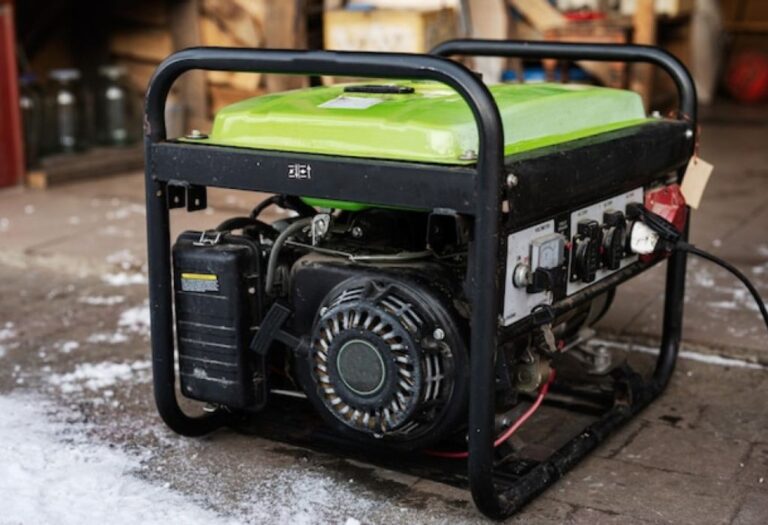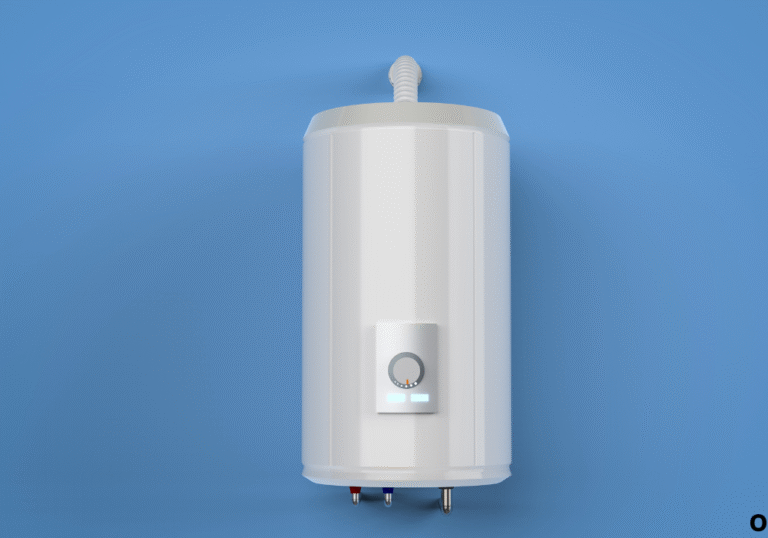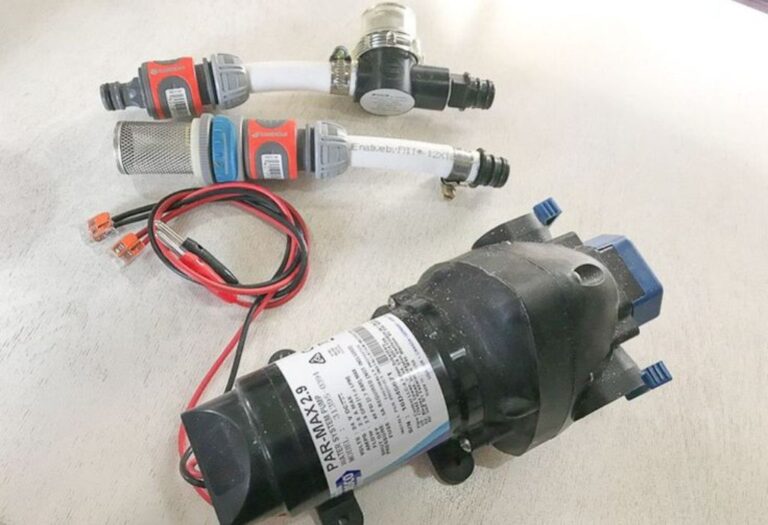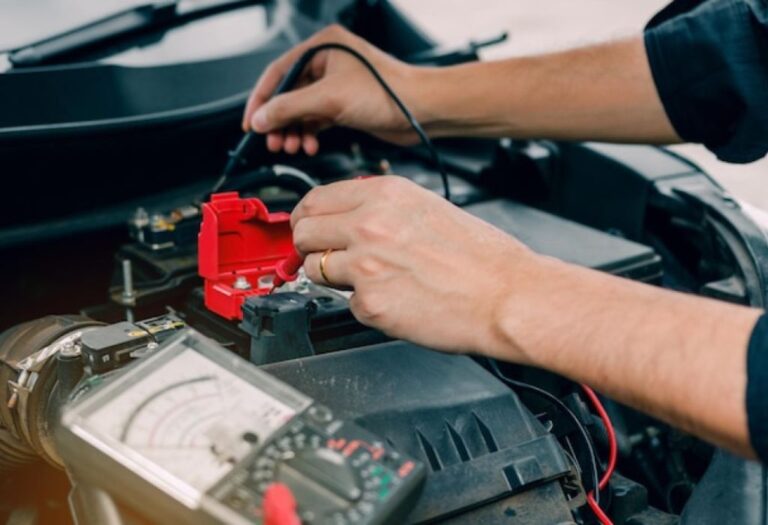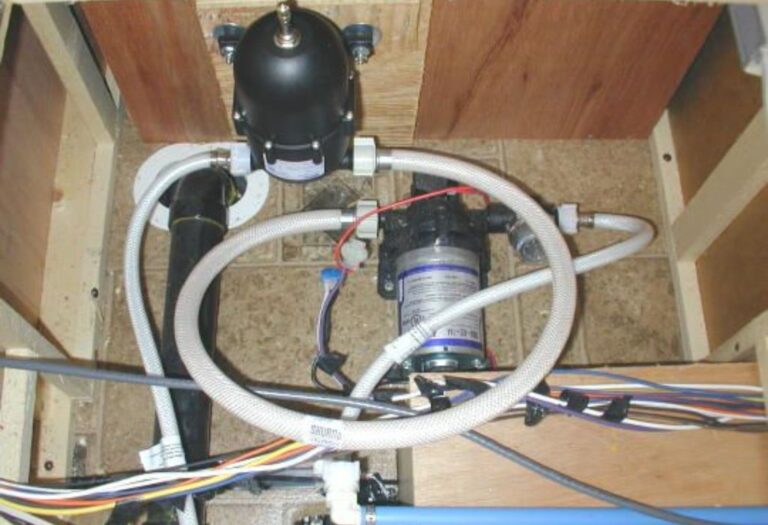Why Is My RV AC Dripping Water Inside?
Nothing disrupts a peaceful camping night like the sound of water dripping from your RV’s ceiling. One moment the air conditioner hums smoothly, and the next, droplets begin landing on your bed, table, or floor. That harmless little drip can quickly turn into a puddle, leaving behind stained panels, peeling wallpaper, and a lingering smell of dampness.
For many RV owners, the mystery begins with a single question — why is the air conditioner dripping water inside instead of outside? The AC unit is designed to remove moisture from the air and discharge it safely onto the roof. But when something goes wrong in the drainage or airflow system, that condensation has only one other place to go: into your living space.
Experts estimate that over 60 percent of RV water leaks originate from the air conditioning system due to clogged drains or deteriorated seals (RVShare). In humid climates, air conditioners can produce more than half a gallon of water per hour as condensation, making efficient drainage critical (DoItYourselfRV). Without proper flow, that water builds up, seeps through the foam gasket, and eventually drips indoors.
This common problem isn’t limited to older RVs. Even new or recently serviced units can leak if the vehicle isn’t level, if filters are clogged, or if a minor seal gap develops on the rooftop connection. Left unchecked, the result can be warped wood panels, mold growth, and expensive roof repairs.
Understanding why your RV air conditioner is dripping water inside is the first step toward fixing it for good. The next section will uncover what this symptom actually means and how it signals deeper issues inside your cooling system.
Understanding the Issue – What Does “Dripping Water Inside” Mean?

When your RV air conditioner starts dripping water inside, it’s a clear sign that condensation isn’t being properly drained. Every AC unit generates moisture as warm air cools down, but that water should exit through an external drain or roof spout.
Inside the RV’s rooftop AC, warm humid air passes over cold evaporator coils. The resulting condensation collects in a drip tray and drains outside. When this path is blocked or the AC sits slightly unlevel, the water finds its way into your interior instead.
According to RVTechMag, even a one-degree tilt can redirect water into the cabin rather than out through the roof (RVTechMag). That means a small parking adjustment or clogged drain can cause interior leaks.
If ignored, moisture may soak insulation and create mold behind ceiling panels. Understanding the underlying reason helps prevent damage before it spreads.
What does “dripping water inside” indicate?
It means condensate from your AC isn’t exiting normally, causing overflow into the RV interior.
Is some dripping water normal?
No — water should only drip outside. Interior leakage indicates drainage or sealing issues.
Where does the water come from?
From condensation that forms on cold evaporator coils as warm air passes over them.
Can humidity worsen the issue?
Yes. High humidity creates more condensation, which increases overflow risk.
Does the RV’s level affect leaks?
Absolutely. An unlevel RV can tilt the drain pan toward the cabin, causing leaks.
Common Causes of RV AC Dripping Water Inside
Several issues can cause your RV air conditioner to leak indoors. The most common are clogged drain lines, deteriorated gaskets, dirty filters, frozen coils, or poor leveling.
Each of these disrupts normal drainage or increases condensation buildup. Identifying which one is responsible is the key to preventing further damage.
Why does a blocked drain line cause leaks?
A blocked drain prevents water from escaping, forcing it to overflow into the RV’s ceiling area (JustAnswer).
How does a bad gasket lead to interior dripping?
If the gasket between the AC and roof deteriorates, outside air mixes with cool air, forming condensation that seeps inside (GoodSamCommunity).
Can dirty filters really cause water to leak?
Yes. Clogged filters restrict airflow, causing the coils to freeze and later thaw into excess water (Reddit RVLiving).
Does leveling matter that much?
Yes. A tilted RV can misdirect drainage away from the outlet holes (IRV2 Forum).
Can weather or humidity alone cause leaks?
High humidity increases moisture production, which can overwhelm an already restricted drain (IRV2 Forum).
How to Diagnose the Drip Inside Your RV AC
Diagnosing why your RV AC drips inside requires patience and observation. Start with a visual check of the drain outlets, filter, gasket, and the overall level of your unit.
Use a flashlight to inspect the interior ceiling panel under the AC. If you see wet insulation or pooled water, the drainage issue is active.
Where should the condensate drain out?
Through small rooftop holes or channels on each side of the AC (IRV2 Forum).
How do you know if drain holes are blocked?
If only one side drains or no water flows at all, debris likely blocks the outlet (Reddit RVLiving).
What airflow checks are needed?
Clean or replace filters and confirm vents are open with the fan set to High (IRV2 Forum).
How can you test the gasket seal?
Remove the inside cover and inspect for gaps or cracks in the foam seal (ForestRiverForum).
Can leveling fix ongoing leaks?
Often yes — use a bubble level and adjust jacks so the drain pan tilts slightly outward
Solutions and Fixes for RV AC Dripping Water Inside
Once you identify the cause, applying the right fix prevents further damage. Most issues can be resolved with cleaning, tightening, or resealing steps done on the roof.
Clearing the drain line, adjusting the gasket, and ensuring a proper level can restore normal function within minutes.
How do you clear a clogged drain line?
Use a pipe cleaner, compressed air, or water pressure to push out debris
How can the gasket be replaced?
Unscrew the AC, lift slightly, remove the old gasket, install a new foam seal, and tighten bolts evenly
When should the fan stay on High?
Use High speed in humid weather to prevent coil freeze-thaw cycles
How do you fix improper leveling?
Level the RV using blocks or jacks so condensation flows toward the designed drain.
When is professional help required?
If cracks exist in the drain pan or the roof mount is compromised, call a certified RV HVAC technician.
Preventive Maintenance to Keep Your RV AC Leak-Free
Prevention saves time and money compared to repair. Proper cleaning, inspection, and leveling habits eliminate most leaks before they start.
Regular maintenance keeps the system efficient, extends its lifespan, and prevents costly interior damage.
How often should the AC filter be cleaned?
At least monthly during active use or every trip in dusty areas.
What should be inspected seasonally?
Drain holes, roof gaskets, shrouds, and electrical connections.
Is running the fan alone beneficial?
Yes, circulating air after use helps dry coils and reduce condensation buildup.
Should RVs be leveled during cooling?
Yes, even a minor tilt can cause water to overflow inside.
What environmental factors raise risk?
High humidity, dust, or pollen accumulation and extended stationary parking.
When a Drip Means a Deeper Problem

Sometimes a leak points to a bigger underlying issue — such as hidden mold, a cracked drain pan, or insulation damage.
Neglecting the leak for weeks can warp wood trim or corrode the ceiling framework.
Can mold grow from repeated dripping?
Yes, moisture trapped behind panels creates perfect conditions for mold spores.
How do you check for structural damage?
Look for soft spots, discoloration, or bubbling on the ceiling near the unit.
What if the leak continues after cleaning?
It may indicate a damaged pan or drain fitting requiring part replacement.
Does insurance cover AC leak damage?
Some policies do, but coverage depends on proof of timely maintenance.
Is total replacement ever needed?
If corrosion or cracks exist in the core components, full unit replacement may be the safest option.
Cost of Repair and Professional Options
Minor drainage fixes are inexpensive, but professional repairs can vary depending on the extent of the damage.
Routine maintenance averages only a small investment compared to structural water restoration.
How much does cleaning a drain cost?
DIY cleaning is nearly free; professional cleaning averages around $100–150.
What does gasket replacement cost?
A gasket kit is roughly $20–$40 plus labor if installed professionally.
How much for major leak repair?
If ceiling materials are damaged, expect $500–$1,000 or more for repairs.
Is replacing the AC worth it?
If your unit is 10+ years old or repeatedly leaks, replacement may save money long term.
Are mobile RV techs a good option?
Yes, they can diagnose and repair leaks onsite, saving travel hassle.
Conclusion
In summary, the question “why is my RV air conditioner dripping water inside” can usually be traced to blocked drainage, damaged gaskets, improper leveling, or restricted airflow.
By identifying the source early and applying the proper fix — clearing the drain, sealing the gasket, or leveling the unit — you can protect your RV interior from expensive damage.
Regular inspections, clean filters, and proper humidity control keep your system working efficiently for years.
Moisture should never dictate your comfort on the road. Take action today, check your unit thoroughly, and ensure every camping trip stays cool, dry, and worry-free.
I’m David R. Coleman, the founder, lead writer, and lifelong tool enthusiast behind GarageToolPro.com. With years of experience in automotive repair, woodworking, and home DIY projects, I created this platform to share practical tips, detailed tool reviews, and step-by-step guides that help mechanics, hobbyists, and homeowners get the job done right the first time.

